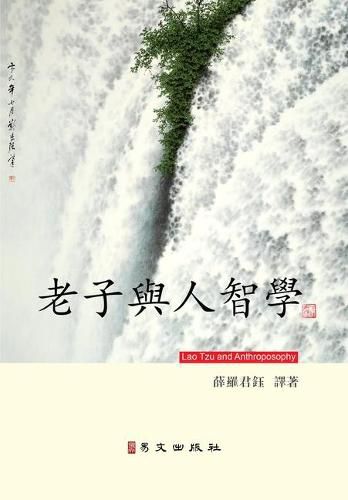Readings Newsletter
Become a Readings Member to make your shopping experience even easier.
Sign in or sign up for free!
You’re not far away from qualifying for FREE standard shipping within Australia
You’ve qualified for FREE standard shipping within Australia
The cart is loading…






,
,
,
,
,
,
,
,
,
,
,
,
,
,
:
,
,
,
,
)
,
According to tradition, Lao Tzu wrote the eighty-one short chapters of his Tao Te Ching around the sixth to fourth centuries B.C.E. It became the foundational philosophical work of Taoism, significantly inspired early masters of Zen Buddhism, and, for more than a century, has been widely embraced in the West as an astounding work of universal truths. Through deceptively simple imagery, Lao Tzu gave us a guide to life, both spiritual and physical, that is no less valid today than when it was written more than 2,500 years ago.
Claire Sit brings us her translation of the Tao Te Ching and, through her deep study and understanding of that text, examines each chapter and places it in the light of Rudolf Steiner’s Anthroposophy. In the process, she shows how–although the path of Tao and that of Anthroposophy seem quite different–they complement each other and share many qualities and, in many ways, illumine the hidden truths each has to offer. As in Anthroposophy, on the path of Tao one looks within to know the world and into the world to know one’s self.
Just as we can learn much about ourselves by looking outward to the world and to others, we can also better understand the depths of Anthroposophy by penetrating wisdom traditions beyond our own path. Indeed, Lao Tzu and Anthroposophy will generate much food for reflection and meditation for the reader.
$9.00 standard shipping within Australia
FREE standard shipping within Australia for orders over $100.00
Express & International shipping calculated at checkout
,
,
,
,
,
,
,
,
,
,
,
,
,
,
:
,
,
,
,
)
,
According to tradition, Lao Tzu wrote the eighty-one short chapters of his Tao Te Ching around the sixth to fourth centuries B.C.E. It became the foundational philosophical work of Taoism, significantly inspired early masters of Zen Buddhism, and, for more than a century, has been widely embraced in the West as an astounding work of universal truths. Through deceptively simple imagery, Lao Tzu gave us a guide to life, both spiritual and physical, that is no less valid today than when it was written more than 2,500 years ago.
Claire Sit brings us her translation of the Tao Te Ching and, through her deep study and understanding of that text, examines each chapter and places it in the light of Rudolf Steiner’s Anthroposophy. In the process, she shows how–although the path of Tao and that of Anthroposophy seem quite different–they complement each other and share many qualities and, in many ways, illumine the hidden truths each has to offer. As in Anthroposophy, on the path of Tao one looks within to know the world and into the world to know one’s self.
Just as we can learn much about ourselves by looking outward to the world and to others, we can also better understand the depths of Anthroposophy by penetrating wisdom traditions beyond our own path. Indeed, Lao Tzu and Anthroposophy will generate much food for reflection and meditation for the reader.